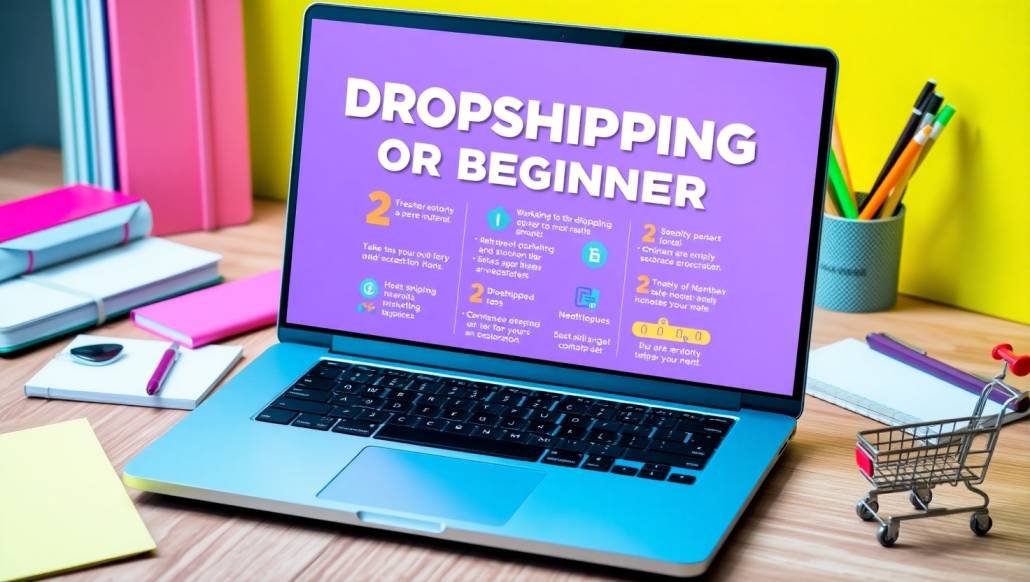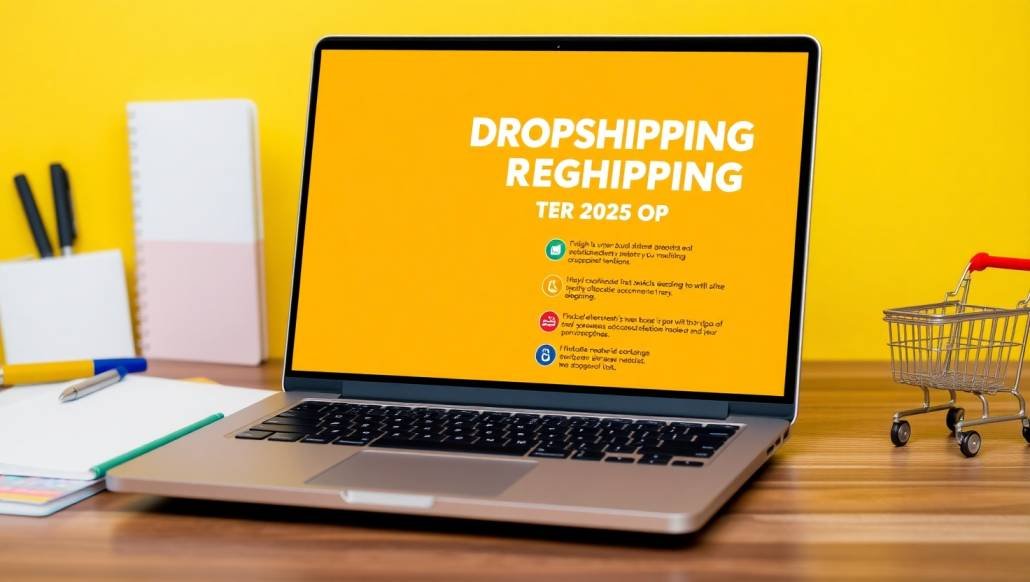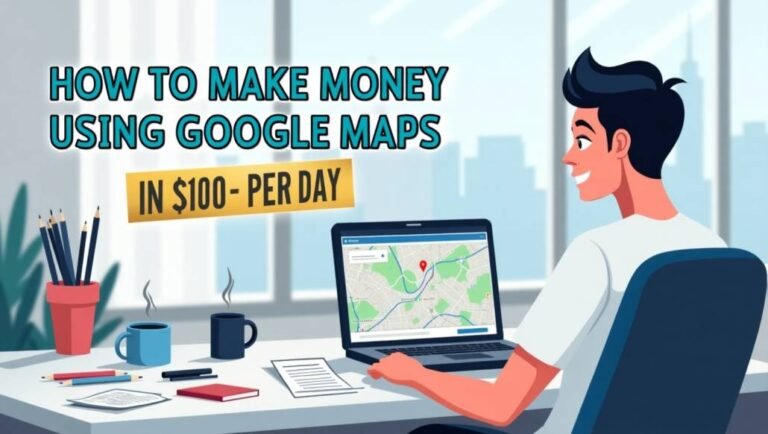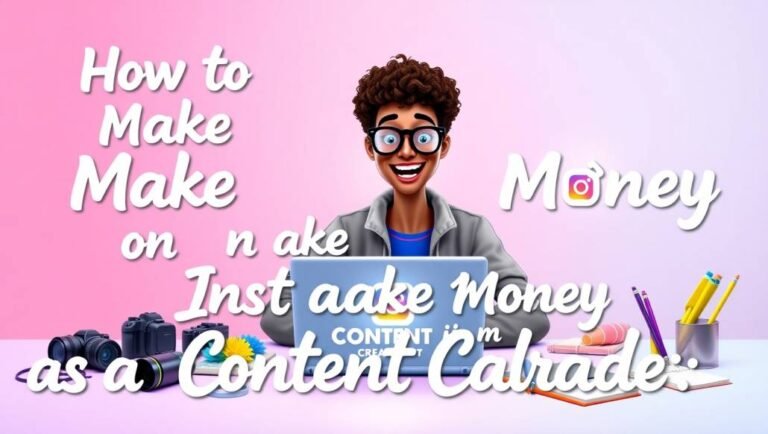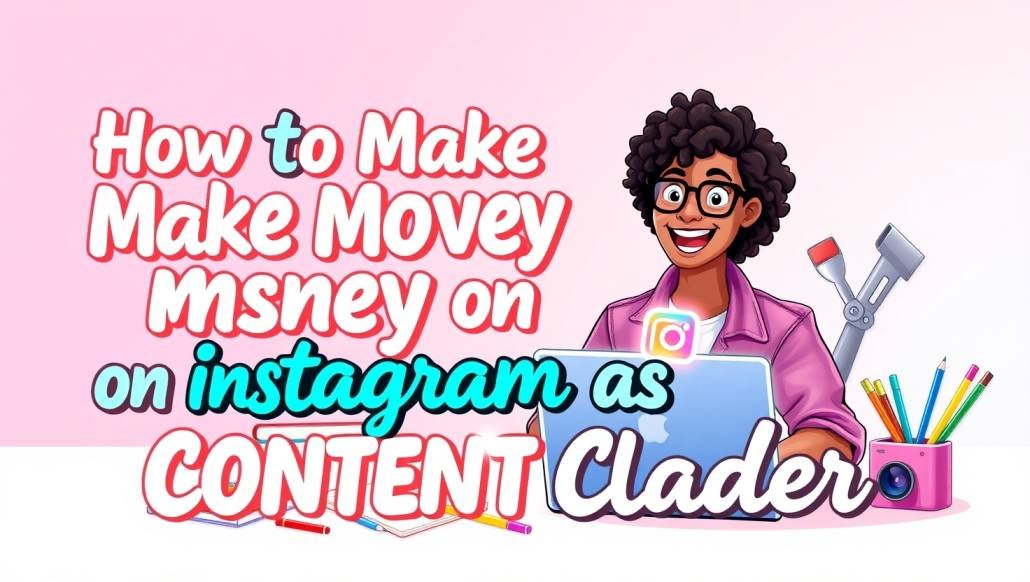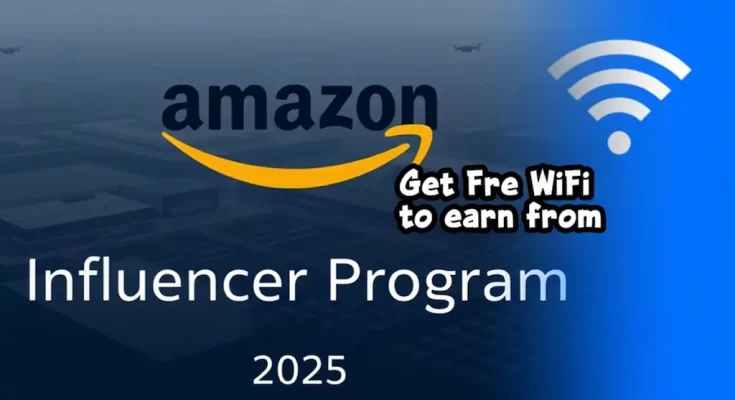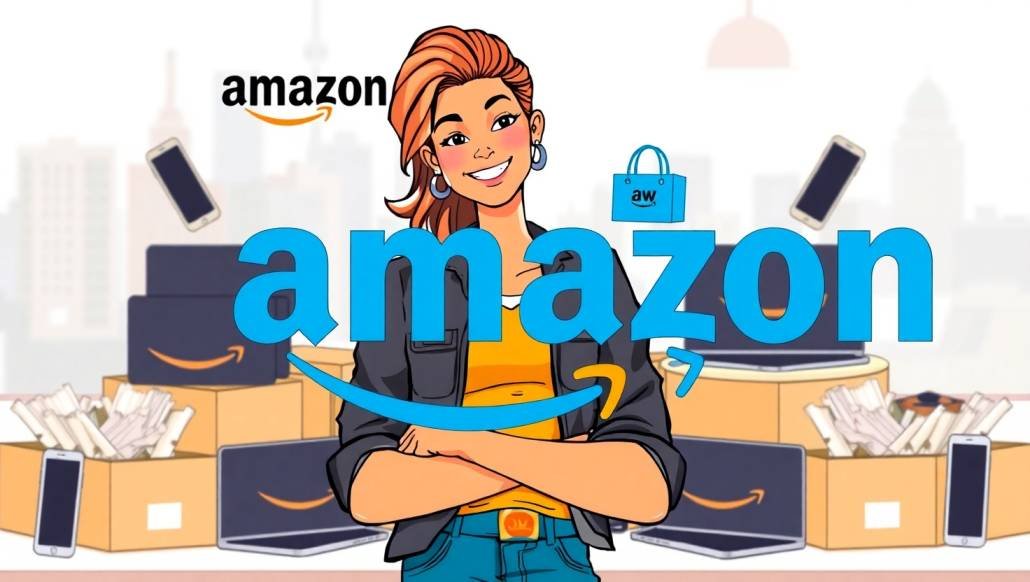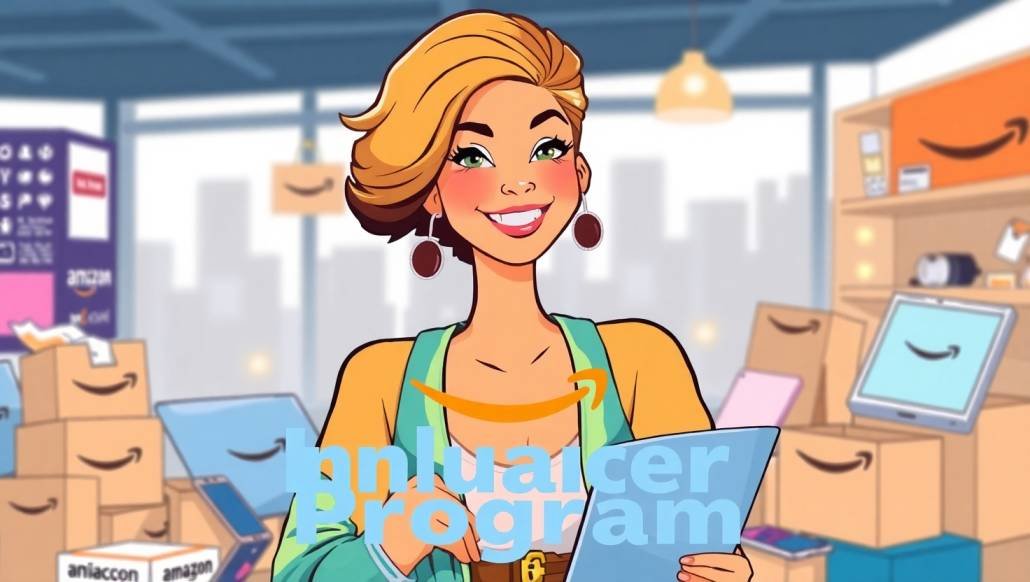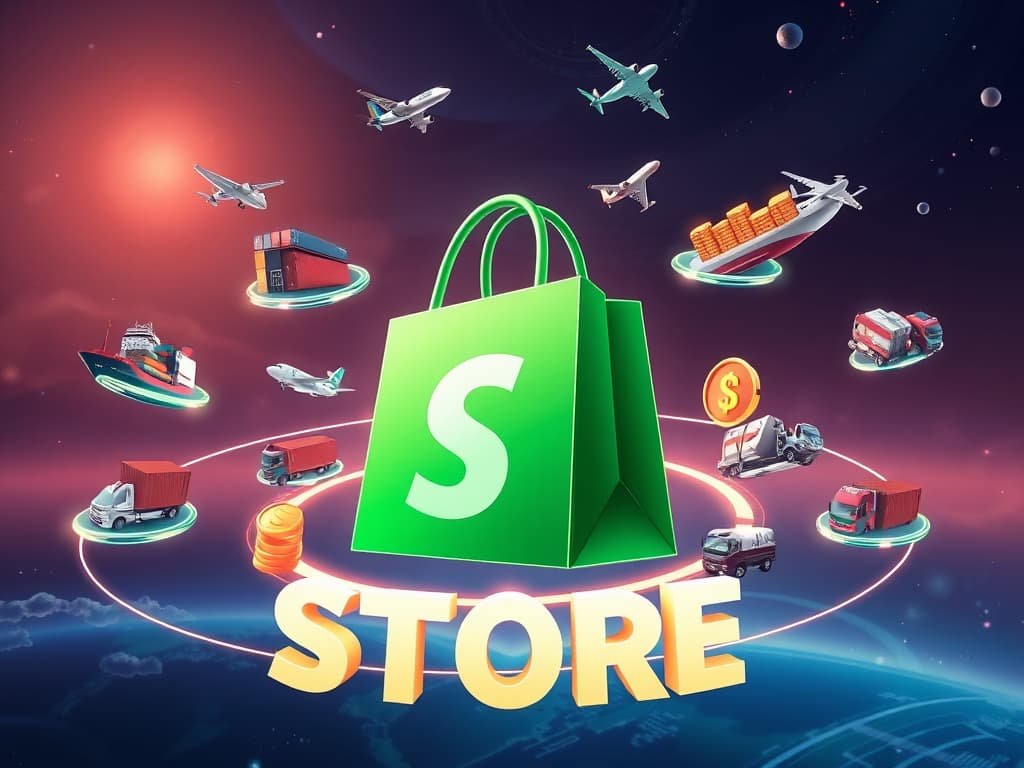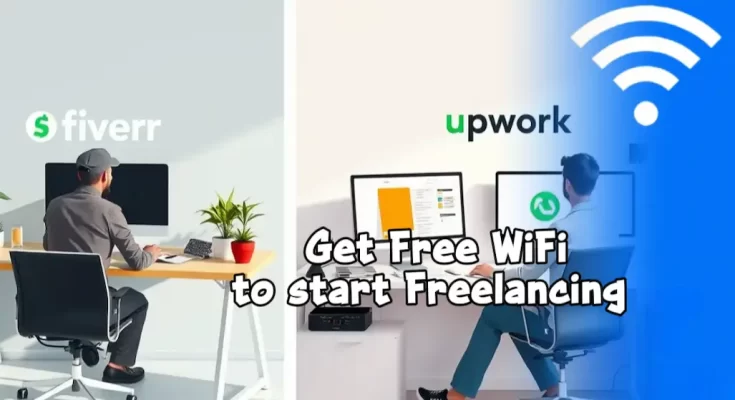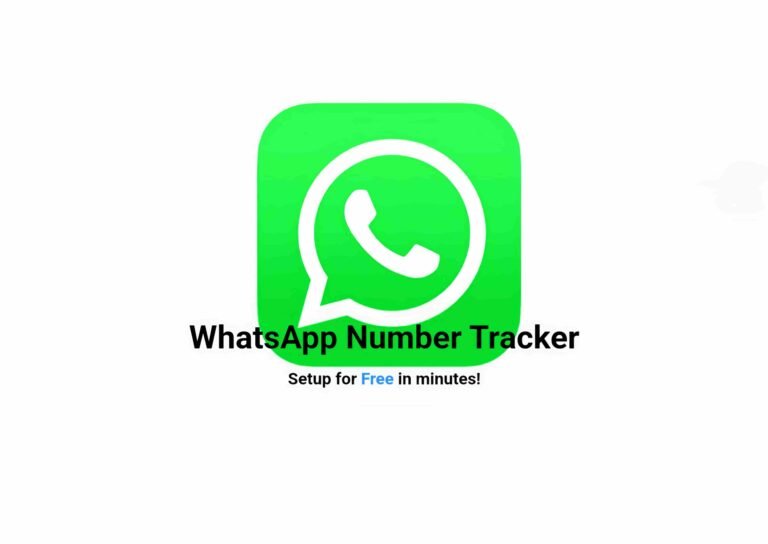Introduction to the Blueprint
So, guys, the blueprint you can see on the screen is what I wish I had when I first started Shopify DROPSHIPPING, because it would have made the whole process a lot smoother, and I would have been able to avoid certain mistakes. So, I thought, ‘You know what? In today’s video, I’m going to go through each different element so that any beginner out there can get a full understanding of the things I wish I knew earlier on.’ And I do need to say that this video shouldn’t be taken as financial or business advice. All I’m going to be doing is sharing my own opinion, my own experiences as to what I’ve been able to learn when it comes to building up a Shopify drop shipping business from scratch.
Step 1: Finding Winning Products with AutoDS
So, let’s jump straight into it with one of the first elements, which is knowing exactly where to find the best winning products to sell. And one of the ways that you can do that, and it’s something that, again, I wish I knew a lot sooner, is to go directly to AutoDS. Now, AutoDS, for those of you out there that’s never heard of it, is a platform that is connected to multiple different drop shipping suppliers. And because of that, they’ve got so much data when it comes to which product is performing well. And in addition to that, AutoDS is the platform that I use and thousands of other drop shippers all around the world use when it comes to being able to automate their fulfillment. But I’m going to speak about that a little bit later on.
So, when it comes to finding the best product to sell or getting an idea of which products are selling well, what you need to do is go over to AutoDS. The good thing about them is that they offer a 30-day trial so that you can test it out, see if it’s something that you want to continue using past the 30 days. So, what I tend to do is sign up using my Gmail account. So, I’m just going to do that right here. And once you’ve created your account, this is a similar page to what you’re going to see.
Navigating AutoDS: Marketplace, Handpicked Products, and Ad Spy
Now, I’m just going to quickly explain it for anyone who’s new to AutoDS and has never seen the interface before. So, first things first, you’re going to come across their marketplace. And this is a page that has all of these different winning products that are selling. Well, these winning products are taken from all of the different people who are currently using the AutoDS software right now. But when it comes to this section over here, which is handpicked products, these are specific products that AutoDS has picked themselves, and they believe that they are going to perform well over the next month, 2 months, maybe 3 months.
They’ve also got this section over here called Ad Spy, where you’re going to be able to spy on ads that people are running on Facebook, Instagram, and TikTok. So, this is a great feature to use when it comes to knowing which short form videos are currently performing well because you can see the ads, you can see the views, you can see the comments, and you can see the shares.
Trending Products and Supplier Integration
And finally, when it comes to finding a winning product with AutoDS, they’ve got this trending products page, where again, you’re going to be able to go onto it. You’re going to be able to select whatever niche you want to focus on. So, let’s say if I wanted to build a Shopify store centered around sports and fitness products, I may want to click into this category right here. And literally from this point, I’m going to be able to scroll through and see all of these different trending products that are performing well within the sports and fitness niche.
So, for example, there’s this product over here that I’m going to click into and take a closer look at. As you guys can see right here, AutoDS can show me the estimated general sales when it comes to how this product has performed over the past few months. So, all of this is helpful when it comes to getting an idea of which product I may want to sell, which one I might want to move forward with.
And just going back over to the blueprint, once you’ve got an idea of whatever product that you want to sell, AutoDS is good because, again, it’s connected directly to various suppliers. I recommend that when testing out a product to use a platform or a supplier website like AliExpress. The reason is that it’s a lot simpler to use. You know, you’re going to be able to create your AutoDS account. From there, you’re going to be able to instantly go back onto it, find a product that is available on AliExpress, where they also offer really quick shipping. And of course, you don’t have to use AliExpress. You know, there are countless different suppliers out there that you can choose from. You know, we’ve got Alibaba when it comes to finding a private supplier. You can use CJ Drop Shipping, or you can even use a local supplier in your own country. It’s completely down to you.
Step 2: Competitor Research with Zeke Analytics
But once you’ve decided on a particular product that you’re going to sell, you also know where you’re going to fulfill that item from. The next part of this blueprint is to see if there’s someone else selling that item. And the way that you can do that is by using a tool called Zeke Analytics. Now, I’ve been using Zeke Analytics for many, many years, and I mainly use it when it comes to checking if there are other people selling a product that I’m thinking about selling, and also getting an idea of their estimated sales. Because if you’re able to see someone selling a particular product, and you’re also able to see that they’re successful in doing so, then this is going to make things a lot more realistic. It’s going to allow you to know maybe how to structure your store, how to do things so that you can also be successful yourself.
That’s one of the earliest online business lessons that I learned while I was building things up. If you’re able to replicate what’s working, replicate a proven blueprint. It’s just going to make things a lot more simplistic. So, the way that you can figure out if someone is selling a product that you found on AutoDS using Zeke Analytics is to sign up for a 7-day trial. That’s the good thing about all of these different tools in the times that we’re living in is that you don’t need to commit to anything from the very beginning. You’re going to be able to sign up for trials, test them out, and see exactly how they work.
Using Zeke Analytics: Product Explorer and Sales Data
So, as you can see, I’ve just logged into my Zeke Analytics account, and what I’m going to do is come over here to the product explorer. The product that I’m using as an example right now is this one over here, which is a knee brace. So, what I’m going to do is just type in knee brace, just like this. Make sure that I am only shown drop shipping stores. And I can set all of these other filters, but for now, I’m going to leave it as it is. And I’m just going to click on search.
Okay, perfect. So, as you guys can see, there are all of these different knee braces that have popped up, very similar ones to the one that we were able to find on AutoDS. And just to kind of give you a general overview of how Zeke Analytics works. It’s going to be able to show you when the product was first listed. It’s also going to be able to show you the price of the product, the estimated sales in the last week, the last month, and just generally in total. So, all of this information is useful when it comes to making a calculated decision.
Now, if I just click into this one over here, I’m just going to go over to the website. Okay, so this is the product right here. This is what the site looks like. Again, I’m going to be able to know exactly how much they’re selling the product for, how they structured their store, so on and so forth. But using this information again, it just makes things a lot easier and gives you the conviction to know that things are working, people are buying the product, so you could potentially sell it yourself.
And you can also take it a step further. Click into the back end of the store just like this to get a general picture of all of the other products that they’re selling, which ones are their best performing products, you know, what’s their estimated sales throughout the entire store. Just some other information when it comes to being able to expand things, being able to add new products that, again, you know are performing well.
Step 3: Branding Your Shopify Store
But just going back over to the blueprint, once you’ve spied on your competition, you know exactly how they’re doing things. The next step is to come up with a branding plan. One thing that you need to understand about building a Shopify store is that you don’t want to just have a generic store with a whole bunch of different items. You want to make sure that you’re focused on a specific niche. You want to make sure that you’ve got an idea of what your store is going to be about. You know, what products you’re going to specialize in, you know, what you’re going to call your store.
The mistake that so many people make is that they want to get into Shopify drop shipping, but they haven’t truly thought about the business that they’re going to build. My recommendation is not to see this as some sort of gimmick. You know, don’t see it as some sort of get-rich-quick online side hustle that you’re going to do. You need to have a long-term mindset when it comes to the plan of the business, how you’re going to do things, and just generally what is going to be involved. So, this is a crucial part of the process. So, I thought I’d include it.
And I’ve got a more detailed video coming out real soon, when it comes to a lot of the important things that you need to know when it comes to branding a Shopify store. So, be sure to subscribe, hit the bell notification so that you don’t miss that video.
Step 4: Building Your Shopify Store with AI Tools
But moving on to one of the next parts of the process, which is to, of course, start the process of building your store. As you guys already know, when it comes to building a Shopify store, this is the tool that I use because it just makes everything super easy. Of course, there’s going to be some work that’s going to go on your part. But if we compare this to building a Shopify store from scratch yourself, there’s going to be a lot of coding involved. There’s going to be a lot of, you know, optimization involved. You’re going to have to make sure that it’s working for both desktop, mobile phone, and tablet.
However, when using this AI store builder, none of that is going to be necessary. You’re going to be able to go onto it just like this. Click on Build My Free Store. It’s going to take you through a couple of different questions. You know, what type of store do you want to build? You know, you’ve got multiple different options. Weather, home, electronics, sport, and fitness. This is the one that I’m going to select. It’s then going to ask you what images you want to be on the homepage. Don’t worry about all of this. You know, you can change it later on. It’s just about giving you that basic foundational structure.
There are going to be some other things that are going to be involved. For example, you’re going to have to sign up for a Shopify trial. And at the time I recorded this video, Shopify was offering a free month trial, which is helpful because you don’t have to spend too much money when it comes to being able to do all of this. There are countless different online businesses out there. You know, some of them require so much money when it comes to doing it, and it could be somewhat of a headache. However, with this one, Shopify has made it a little bit easier for beginners because you don’t need to pay anything. Well, you only need to pay $1 per month for the next three months.
And this is something that I wish I had back when I was getting started with all of this, because I didn’t have a big budget. So, this would have been helpful. So, that’s the reason why I’m letting you guys know about it. So, you’re just going to have to go through that, activate the Shopify trial, and at the end of it, you’re going to see that you’ve now got access to a fully built Shopify store.
Reviewing the AI-Built Store
So, this is the store that it was able to build for me. As you can see right here, you know, everything has already been structured. You know, all of the different pages, all of the different elements on the homepage. We’ve got the product page over here. If I just click into it, as you can see, these are all of the different items that have been loaded onto the store.
So, if you’re someone who didn’t know what products you want to sell, you could just go over to the AI store builder, and it’s going to be able to add winning, proven products automatically to your store that you can start selling straight away. And of course, if you wanted to use AutoDS when it comes to listing any additional products, that’s not difficult to do as well.
You can go onto any product on AutoDS, click on import draft, and within, you know, maybe a couple of minutes, you’re going to have to make some adjustments to it. Maybe update the title. All of the information is going to be pulled directly from the supplier’s page. But with the help of AutoDS, you can add multiple different products all at the same time that are going to be formatted and structured when it comes to the product pages.
But that’s basically what goes into building a Shopify store from scratch.
Step 5: Setting Up Email Marketing with Omnisend
But once I’ve got my store up and running, the next thing that I do, and one of the next elements in this blueprint, is to set up your email marketing. Now, a lot of people don’t understand the importance of email marketing, but I found it to be super important, especially when it comes to doing e-commerce and building up a drop shipping store, because not every single customer that lands on your store is going to buy straight away.
That’s why you need to have certain things in place on your homepage, on your product pages, so that for every single visitor that you get, you’re going to be able to capture their email, add them into an email automation workflow, and hopefully turn them into a paying customer down the line.
One of my favorite email marketing tools that I use is Omnisend. Now, Omnisend is great for so many different reasons. You know, you can use it with WordPress, you can use it when it comes to building up a blog website, and you can also use it when it comes to building up a Shopify store, too. You’re going to be able to sign up for a trial by clicking on this link over here that says start now.
The process of getting set up isn’t really difficult. As long as you’re logged in to your Shopify store within the same browser, it’s going to be able to take you through the integration process when it comes to making sure that everything is synced up as it should be. So, literally from this point, all I need to do is just click on install. Then click on install once again. And from there, your store should now be connected.
Creating Email Capture Forms and Automations
Now, one of the initial things I always do with Omnisend is to make sure that I’ve got some sort of capture form in place on my site so that again, I’m going to be able to build up an email list in the back end that I’m going to be able to automate emails, promote products, and just let people know about the brand that I’m building.
So, the way in which that works is you’re just going to come over here to the forms. From this point, it’s going to show you all of these different templates that you can choose from. And just to keep it simple for today’s video, what I’m going to do is click on Use template for this one. The good thing about Omnisand is that you can, you know, customize it in whatever way that you want. If you want to add an image, your logo, to the popup, you can do that. But for now, I’m just going to leave it as it is.
The one that I like to use most of the time is asking the person if they would like to save 10% on their order. Of course, most people are going to say yes because who doesn’t like a discount? And when they click on yes, it’s then going to take them over to this page, where it’s going to ask them to enter their email address. And if I also wanted to edit the thank you page, I’m going to be able to do that right here as well.
So, Omnisend is powerful because this is the pop-up that’s going to appear on my site. Once I click on enable form, that’s when it’s going to be active, ready for people to start inserting their emails. But in addition to that, if I also wanted to do some sort of AB testing where I use certain language on one popup and maybe on another one, I use a different type of language, I could just click on AB testing, as you guys can see.
And half the time, I’m going to have one version showing, and then the other 50% it’s going to have a different one. And from there, I can now gauge which one can capture more emails. So that, of course, I can put the more successful one full-time so that it’s going to be able to work for me in the background, allowing me to build up a successful email list.
And of course, from that point, you’re now going to be able to set up an email automation with the help of Omnisend so that emails are going to be sent out automatically. You’re going to reschedule them, and they’re going to be sent out without you having to manually do it. But again, I’ve got more videos coming out about Omnisend and how to build up a successful email marketing campaign. So, make sure that you subscribe so that you don’t miss that video.
Step 6: Leveraging SEO with Google Search Console
But let’s move back to the blueprint. Once you’ve set up your email marketing with the help of Omnisend, the next thing that I would advise that you do, which I do myself, is to connect your newly built website to a Google Search Console account. Now, this is something that I speak about on this channel quite often because a lot of people on the internet don’t talk about it, but I found it to be a powerful way of being able to, you know, get organic traffic onto your site and also be able to capitalize from SEO, which is search engine optimization.
All this means is making sure that you’re putting the right keywords within your Shopify store on the product page on the homepage that relate to your niche so that Google is going to number one knows that your website exists and number two they’re going to be able to show it to the right person. This is going to come in the format of also making sure that you’re publishing blog articles on the back end of your Shopify store as well.
Most people don’t realize this, but if I just go back over to my Shopify account, I’m going to come on the left-hand side over here and click on content, and then I’m going to click on blog post. What you’re able to do with Shopify is publish blog articles every day, maybe three times a week, that are going to get ranked in Google because you’ve connected your Shopify store to a Google Search Console account. And what this means is that you’re putting yourself in a position of being able to get organic traffic, traffic that you don’t need to pay for coming onto your website consistently.
Automating Blog Content with Make.com and AI
So that’s the reason why I recommend signing up for a Google Search Console account. Now, there’s one way that I found that you can actually automate the process when it comes to publishing blog articles, and that’s going to be with the help of make.com. So make.com is another powerful platform because the way that it works is that you’re going to essentially use it when it comes to integrating various different AI tools. So those AI tools are going to perform a specific task. And in this case, the task is going to be publishing blog articles and automatically posting them to a Shopify store.
Let me show you exactly how this works. Right? So if I just log into my make.com account, as you can see, this is a sequence that I set up. And this sequence is me telling make.com to monitor a specific Google sheet.
This Google sheet is going to have all of the different blog title articles, you know, the SEO keywords, and the specific product that I want to promote within the article. From there, I’ve connected that to Open AI so that Open AI can tell Chat GPT to automatically produce an article based on the information in that spreadsheet. And then from there, OpenAI is connected to the Shopify store. All done through API so that everything is automatically posted.
I’m not saying that this is completely easy to set up, but it’s something that I’m doing. So that’s the reason why I’m sharing it with you guys. So that’s basically how you can automate the blog posting so that you can get SEO traffic onto your site.
Step 7: Running Paid Ads (Facebook & Google Shopping)
But a little bit more on that later on. Let’s move on to one of the next things in this element, which is how to run paid ads. So, there’s a plethora of different ways that you can use when it comes to paying for advertising on your site. And there are various pros and cons that go with organic traffic and paid traffic.
Now, the two platforms that can allow you to scale are Facebook ads or Google Shopping. Of course, we’ve got things like Snapchat ads, TikTok ads, and Instagram, but I would say that these are two of the main ones. Google Shopping ads are perfect when it comes to targeting specific search terms that people are going onto Google and searching for. And Facebook ads are more popular when it comes to selling a product that people don’t necessarily know that they want. But as long as you’re able to target people’s interests, you’re going to be able to show them a product that they are most likely going to spontaneously buy.
So, these are the key things that go into running paid ads. Now, of course, just like with anything else in life, there’s going to be a lot more details that go into it, but I’ll recommend that if you’re a complete beginner, to study these two different platforms. Get a firm understanding of how they work, and also get a detailed understanding of how to set up your ads as well as optimize them.
Optimization is super important when it comes to running any sort of paid ads because if you’re not doing that, you’re essentially losing money on your daily budget. But I would say for the most part, these are the key things that you need to know.
Step 8: Order Fulfillment and Automation with AutoDS
These are the key things that go into setting up a Shopify store. But generally speaking, when it comes to the drop shipping business model, of course, the way that it works is that you receive money from the customers, and then from there, you’re now going to go over to your supplier, buy the product from them so that your supplier can ship it out without you ever having to see any inventory.
So everything essentially loops back into AutoDS because again, this is the platform and software that you’re going to use when it comes to setting up automation, so that you don’t have to bring out your credit card every single time to buy an item. The way that things work manually is that when a new order comes in, if you weren’t to use AutoDS, new order comes in, number one, you would need to remember which supplier you purchase from. Number two, you would also need to remember all the customer’s details. You can copy and paste it over, but it can get a little bit confusing. Then you may want to do this initially if you’re a beginner.
But if you want to be able to take things just a little bit more seriously, then AutoDS is the tool that you may want to consider using. It’s a tool that I use.
Final Thoughts and Call to Action
But again, guys, these are the main things that go into this blueprint when building up a Shopify drop shipping store. Things that I wish I knew from the very beginning. I’ve got many more videos coming out over the next few weeks, over the next couple of days, even when it comes to, you know, the fine details that go into this.
Just make sure that you like this video if you like this type of content. Don’t forget to subscribe, hit the bell notification so that YouTube can let you know once a new video has been released. And if you also wanted to watch a recent YouTube video that I made, not too long ago, where I break down some key things that go into being able to automate the blogging side of things, so that you can capitalize on organic SEO traffic. Just click the link right there. Watch that straight after this.
That video’s already helped out so many people. I get messages all the time from people who have been able to learn from it. So, I’m sure if you’re able to stick through it from the very beginning up until the very end, it can also help you out as well. But other than that, guys, I’ll catch you on that next video. Make sure you stay safe out there. Ace.


